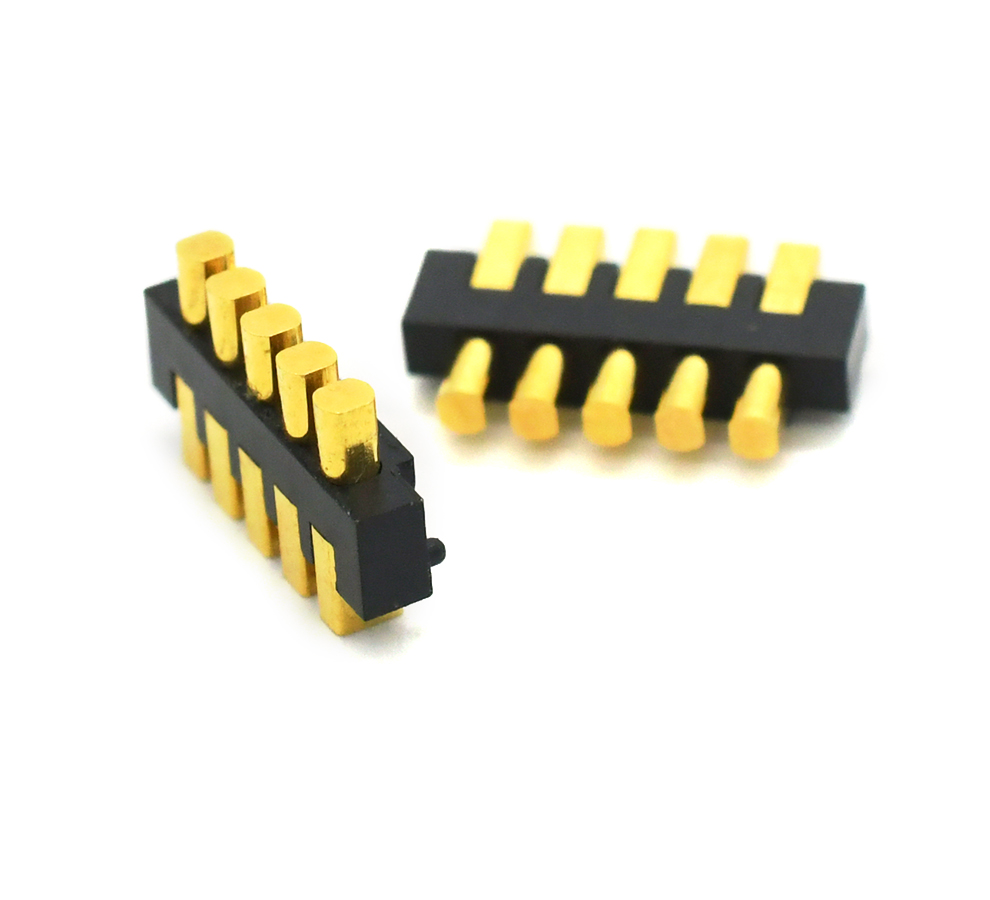Time:2025-07-17 Views:1 source:News

Evaluating the quality of pogopin connectors requires a comprehensive assessment of mechanical performance, electrical properties, and durability. First, electrical performance testing is critical. Measure the contact resistance using a micro-ohmmeter; high-quality pogopins should maintain a resistance below 50mΩ even after 10,000 insertion cycles. Check for stable current carrying capacity, which depends on the pin’s cross-sectional area and material—for example, a 0.8mm diameter copper-alloy pogopin should handle 2-3A continuously without overheating.
Mechanical durability is another key indicator. Conduct insertion and extraction tests (typically 50,000 to 100,000 cycles) to observe spring fatigue. A qualified pogopin should retain 80% of its initial spring force after these cycles, ensuring consistent contact pressure. Inspect the pin’s straightness using a coordinate measuring machine (CMM); deviation beyond 0.02mm per 10mm length can cause misalignment during mating, leading to intermittent connections.
Material quality verification is essential. Use X-ray fluorescence (XRF) to check plating thickness—gold plating should be at least 0.1μm for corrosion resistance, with a nickel underlayer (5-10μm) for adhesion. The base material (e.g., beryllium copper) should meet hardness standards (30-40 HRC) to resist deformation. Additionally, environmental testing, such as 48-hour salt spray exposure (per ASTM B117), should show no corrosion or plating peeling. Finally, check for dimensional accuracy against drawings, ensuring tolerances (e.g., ±0.01mm for pin diameter) are met to avoid assembly issues.
Read recommendations:
Pogo Pin Connector Rapid Mass Production